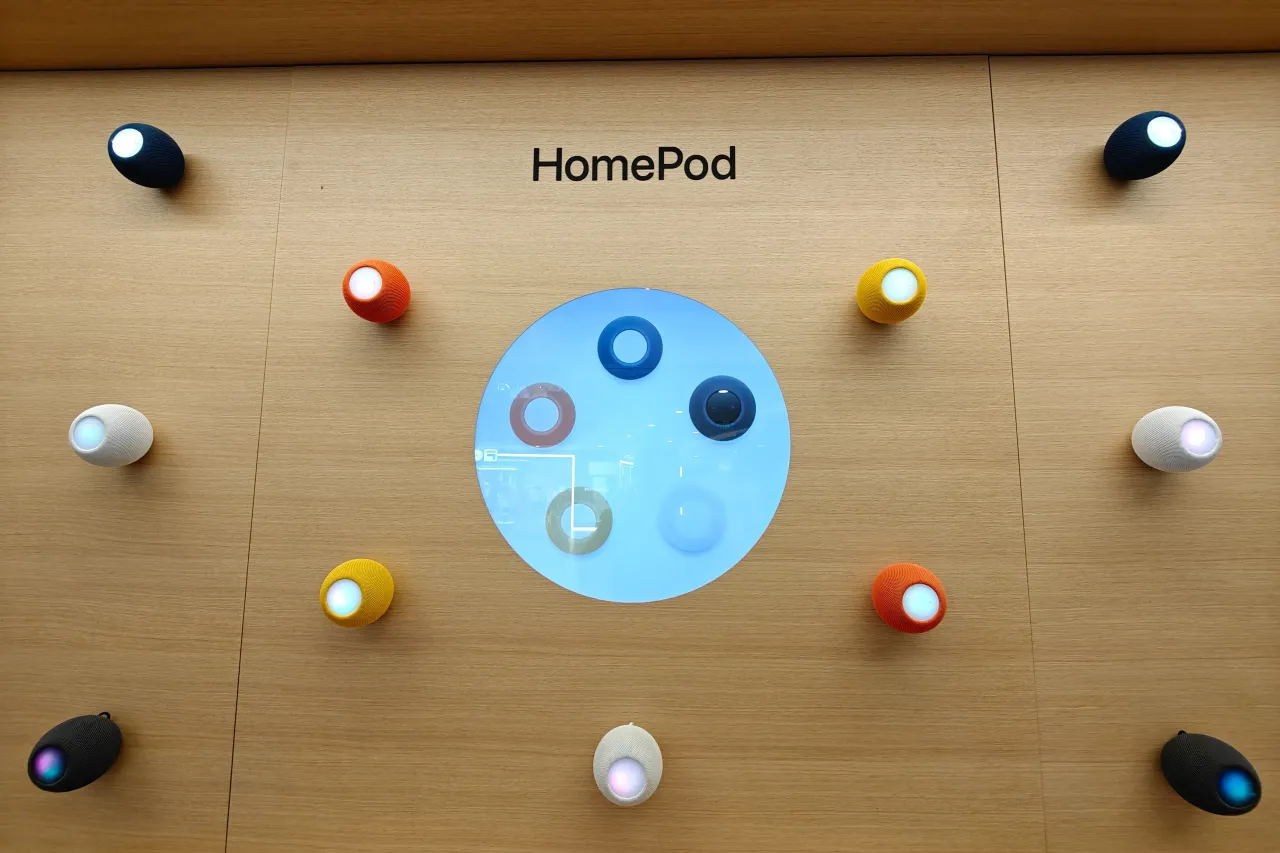Advertisement|Remove ads.
Apple Plans To Make Smart Home Devices In Vietnam, Breaking Tradition Of China-First Manufacturing: Report

Apple, Inc. (AAPL) is reportedly eyeing expansion of manufacturing operations in the Southeast Asian nation of Vietnam amid the geopolitical tensions that have strained its supply chain.
The tech giant’s expansion plan is part of its smart home market foray and efforts to reduce its reliance on China, according to a Bloomberg report, citing people familiar with the matter. The company plans to manufacture three smart home devices in Vietnam over the next couple of years, including indoor security cameras, a display for controlling appliances and acting as a house command hub, and an advanced tabletop robot. The indoor security cameras and the display are scheduled for launch in 2026, and the robot is expected to be unveiled in 2027.
Apple stock has been an underperformer among its megacap tech peers amid geopolitical and macroeconomic uncertainties, as well as its own lag in introducing artificial intelligence (AI) technology. The stock has lost nearly a percent year-to-date. On Stocktwits, retail sentiment toward the stock remained ‘bearish’ as of late Tuesday, and the message volume stayed ‘low.’

The Vietnam plans mark a change in Apple’s manufacturing strategy, as historically, it has made all its new devices initially in China before adding manufacturing elsewhere or shifting it altogether to a new geographic area.
Apple is reportedly teaming up with Chinese electric vehicle (EV) and battery maker BYD (BYDDF) for assembling, testing, and packaging of the home hub and robot. Cupertino is also considering using BYD for manufacturing iPads in Vietnam, the report added. The Tom Cook-led company currently uses Vietnam as a manufacturing base for iPads, AirPods, Apple Watches, Macs and older HomePods.
Moving manufacturing to Vietnam, however, will not help Apple skirt Trump tariffs, as exports from the country to the U.S. invite a 20% levy based on the agreement clinched in late July. That said, the U.S. trade standoff with China continues to worsen, with President Donald Trump threatening a 100% rate last week after the Asian nation broadened the purview of its rare earth controls. Apple has also moved manufacturing of most of its U.S.-bound iPhone assembly to India, while it also manufactures some products in Malaysia and Thailand.
Delving into the specs of the new home hub, Bloomberg’s Mark Gurman said it is a 7-inch square display and will come integrated with upgraded Siri, which the company plans to launch in March. The company is reportedly planning two versions of the home hub, one designed as a display mounted on a speaker base and another intended to be hung on a wall. It will be priced at roughly $350.
Separately, Apple SVP Marketing Greg Joswiak teased the imminent launch of a new MacBook model in a post on the X platform. He shared an image of a laptop opening partly with the text “Coming Soon”, captioning the post as “something powerful is coming.”
For updates and corrections, email newsroom[at]stocktwits[dot]com.














/filters:format(webp)https://news.stocktwits-cdn.com/large_zootopia_jpg_78547b0da9.webp)
/filters:format(webp)https://st-everywhere-cms-prod.s3.us-east-1.amazonaws.com/unnamed_jpg_9dff551b50.webp)
/filters:format(webp)https://news.stocktwits-cdn.com/Getty_Images_2236688965_jpg_a4128185a6.webp)
/filters:format(webp)https://news.stocktwits-cdn.com/large_cannabis_generic_b5230b29c3.webp)
/filters:format(webp)https://news.stocktwits-cdn.com/large_Oracle_jpg_697ba9b96d.webp)
/filters:format(webp)https://news.stocktwits-cdn.com/large_Getty_Images_1445160636_jpg_9759816169.webp)
/filters:format(webp)https://news.stocktwits-cdn.com/large_Getty_Images_2246067096_jpg_17cd5dd258.webp)
/filters:format(webp)https://news.stocktwits-cdn.com/IMG_8805_JPG_6768aaedc3.webp)